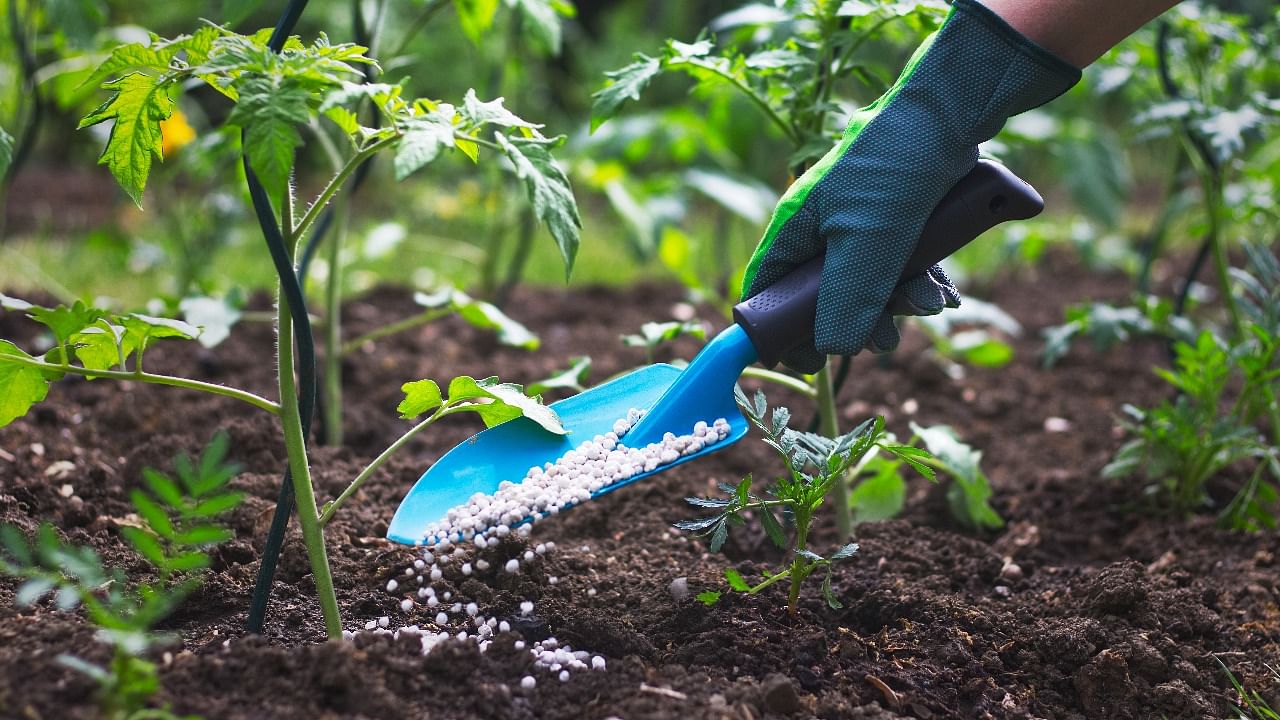
India is facing a fertiliser supply crunch, particularly of phosphate and potash nutrients, ahead of the Kharif planting scheduled to begin in June and amid rising retail inflation, which hit a 17-month high of 6.95 per cent in March on the back of rising food prices.
The country’s stocks as of April 1 are estimated at around 2.5 million tonnes of di-ammonium phosphate, 0.5 million tonnes of muriate of potash, and 1 million tonnes of complex fertilisers containing varying proportions of nitrogen, phosphorous, potash and sulphur, The Indian Express reported.
“Farmers are now busy with marketing their rabi (winter-spring) crop. They will require fertilisers before Kharif sowing takes off with the arrival of the southwest monsoon rains. The government has to ensure an adequate level of stocks towards end-May/early-June,” industry sources told the publication.
While India has a steady supply of urea, companies are facing issues importing non-urea fertilisers as prices are spiking in the midst of the Russia-Ukraine war. The quoted price (cost plus freight) of DAP imported to India is about $1,250 (Rs 95,000) per tonne, $700-750 (Rs 53,200-57,000) per tonne for MOP and $780 (Rs 59,280) per tonne for NPKS, and sources told IE that after accounting for GST and other costs, the prices of DAP can rise up to Rs 1.1 lakh per tonne.
"Why will anyone import if it means losing Rs 50,000 on every tonne?" the sources said. Companies have already hiked DAP prices this month, from Rs 24,000 to Rs 27,000 per tonne.
Another issue is that no new import contracts have been signed for fertilisers in the past 2 months. The report said that companies aren’t sure whether the government will increase the subsidy/concession rates commensurately or permit them to charge higher MRP, and that efforts to negotiate lower prices of DAP and phosphoric acid with overseas suppliers such as Morocco’s OCP Group haven’t borne fruit so far.
Experts have suggested a temporary suspension of nutrient-based subsidy regime in non-urea fertilisers, even as the ongoing fertiliser crunch threatens to further limit worldwide food supplies, already constrained by the disruption of crucial grain shipments from Ukraine and Russia.
The UN says Russia is the world's highest exporter of nitrogen fertiliser and the second highest of phosphorus and potassium fertilisers. Its ally Belarus, also contending with Western sanctions, is another major fertiliser producer.
“If the supply shortage gets worse, we will produce less,” said Kishor Rungta of the nonprofit Fertiliser Association of India. “That's why we need to look for options to get more fertilisers in the country.”
(With agency inputs)
Watch latest videos by DH here: